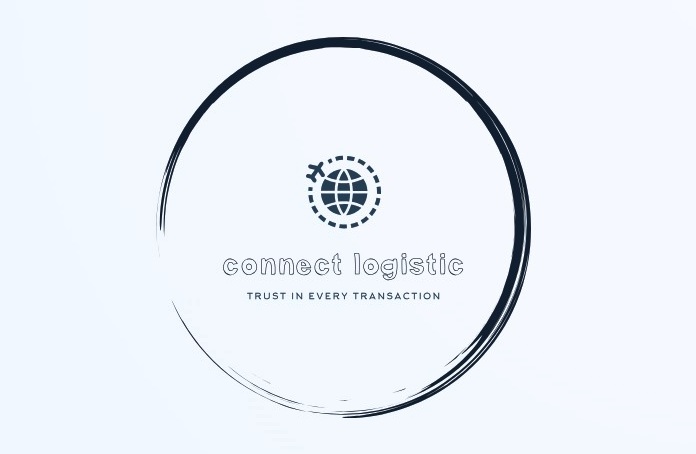Perfect for Any Business
Ocean Freight

Ocean Freight
Here are some key aspects of ocean freight services:
- Types of Cargo: Ocean freight can transport a wide range of cargo, including raw materials, finished products, consumer goods, automobiles, industrial equipment, and more. It is especially popular for transporting heavy and oversized items.
- Containerized and Breakbulk Shipping: Goods can be shipped in two primary ways: containerized and breakbulk. Containerized shipping involves loading cargo into standardized containers (e.g., 20-foot or 40-foot containers) for easy handling and transportation. Breakbulk shipping, on the other hand, involves loading individual pieces or units of cargo onto the ship without containers.
- Port-to-Port Service: Ocean freight typically operates on a port-to-port basis. Goods are loaded onto ships at the origin port and unloaded at the destination port. From there, other modes of transportation (e.g., trucks, trains) may be used to transport the cargo to its final destination.
- Transit Times: Transit times for ocean freight can vary significantly depending on factors such as the distance between ports, the shipping route, weather conditions, and the type of cargo. While it may take longer compared to air freight, ocean freight is often more cost-effective.
- Shipping Routes: There are established shipping routes that connect major ports around the world. These routes are optimized for efficiency and convenience. Common routes include transatlantic (between North America and Europe), transpacific (between North America and Asia), and intra-continental routes (e.g., within Europe or Asia).
- Shipping Services: Ocean freight services are offered by various carriers, including container shipping lines and bulk carriers. Customers can choose from different service options, such as standard (cheaper, longer transit times) and express (faster, more expensive) services.
- Documentation and Customs: International shipping involves complex documentation and customs procedures. Shippers must provide the necessary paperwork, including bills of lading, invoices, certificates of origin, and customs declarations, to ensure the smooth movement of goods across borders.
- Cost Factors: The cost of ocean freight depends on factors such as the volume and weight of cargo, shipping distance, shipping route, container type, and the current market rates. Additionally, various surcharges and fees may apply, including fuel surcharges and port handling fees.
- Environmental Impact: Ocean freight is one of the most environmentally friendly modes of long-distance transportation in terms of carbon emissions per ton-mile compared to air or road transport. However, it still contributes to greenhouse gas emissions, and efforts are being made to reduce its environmental impact.
- Tracking and Visibility: Many shipping companies offer online tracking systems that allow shippers and consignees to track the status and location of their cargo in real-time.
Connect Logistic S.L. protects both parties (sellers and buyers). The buyer is protected because the money are not released to the seller unless the buyer has received the vehicle and approved it. The seller is protected because we make sure the money from the buyer are in our account before the vehicle is delivered for inspection.
- Time : Within 14 Days
- Email Id : info@connect-logistic.com
- Office Address : Avenida Andalucia, 264, 41702 Dos Hermanas (Sevilla) Spain



